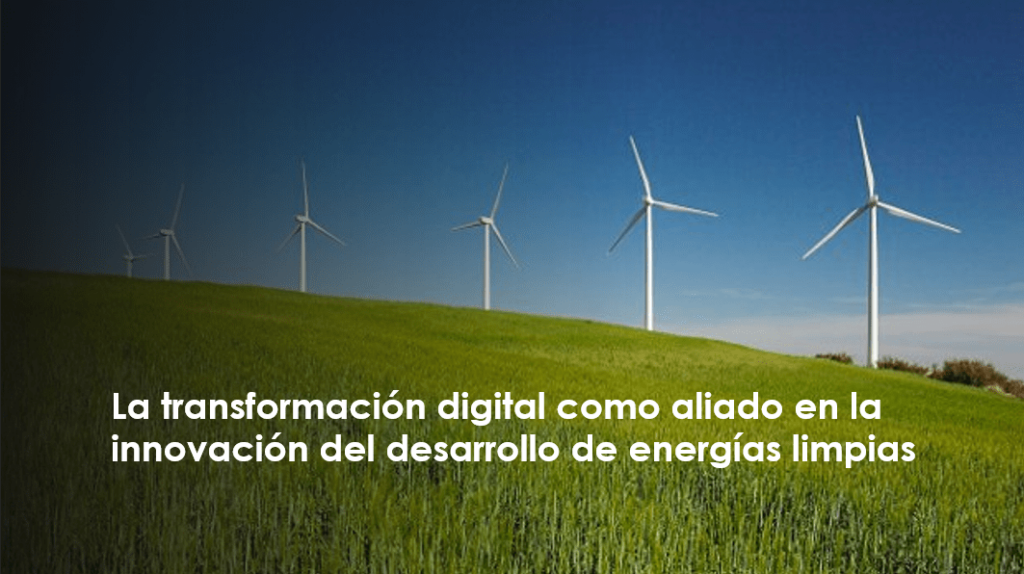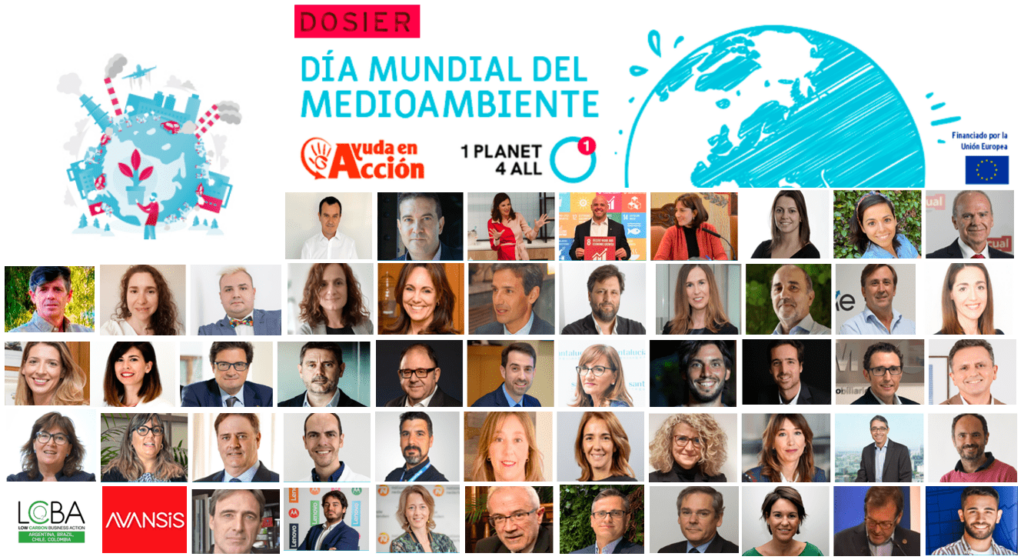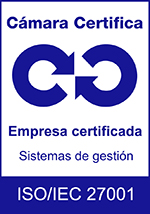Digital transformation as an ally in the innovation of clean energy development
By Kevin Esposito. Laragon Consulting Manager.
Many of the technologies needed to reduce CO2 that we need to reach have not yet been developed or are even in prototype mode. The costs are still high to implement them, so the time factor is key to ensure a sustainable and affordable energy supply, in order to reach the goals we have set ourselves.
According to the latest IEA (International Energy Agency), we need to drive breakthroughs in clean energy innovation. Most of the reductions in CO2 emissions up to 2030 come from technologies that are already on the market today. But in 2050, IEA warns that almost half of the CO2 reductions will come from technologies that are currently in the demonstration or prototype phase. We will have to make significant innovation efforts to bring these new technologies to market on time.
To reach net zero emissions by 2050, we are told that annual investment in clean energy worldwide will need to triple by 2030 to around $4 trillion. This will create millions of new jobs, significantly boost global economic growth and achieve universal access to electricity and other clean energy worldwide by the end of this decade.
Throughout this transformation process, we will have to take into account the demands for information regarding the impact on the reduction of emissions in companies. Organizations should have reporting and accounting of GHG emissions that allows them to be consistent in their calculation methodologies so that the analysis of this information is meaningful in the long term. They shall ensure data accuracy by avoiding errors in deviations or calculations, and transparently document changes in methodologies, inventory limits or any other factor that may be relevant to the information they share with their stakeholders.
While digitization is not the most important factor to decarbonize and reach absolute zero emissions, it is true that it can help a lot not only in implementing calculation models as is currently being done, but it also increases the ability to make simulations with different parameters or models that allow to perform a benchmarking, which will, of course, facilitate decision making. The combination with artificial intelligence to have predictive models and study possible scenarios in 2030 and 2050 horizons will be key to evaluate the performance and contribution of companies.
All of this is leading to the further development of technological innovation in the way companies communicate their strategies, plans and actions to reach net zero by 2050. Information and communication management technology will be key to be able to measure and generate confidence in the stakeholders involved in this energy transformation .
Kevin Esposito,
is Consulting Manager at Laragon. He is a Chemical Engineer with extensive experience in industrial maintenance processes and management systems administration.
Expert in Sustainability, Environment and Safety, Kevin designs QEHS solutions for global companies, and has led the implementation of more than 20 projects since he joined Laragon.
This article is part of the Dossier Corresponsables: World Environment Day, promoted by Ayuda en Acción within its #1Planet4All project, funded by the European Union. Access this dossier in full at: https://bit.ly/34KHbZy





